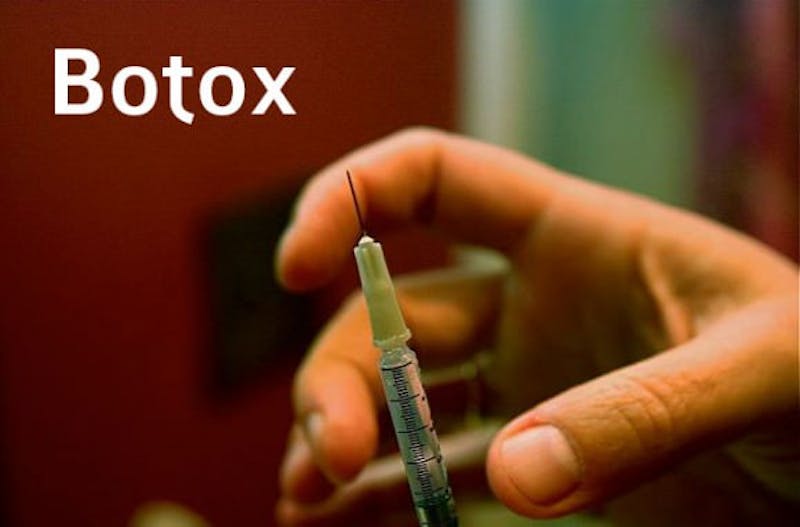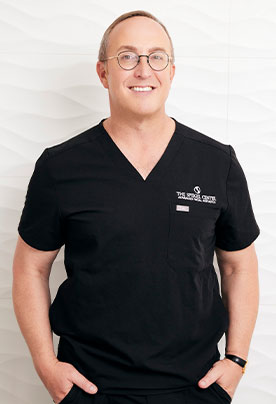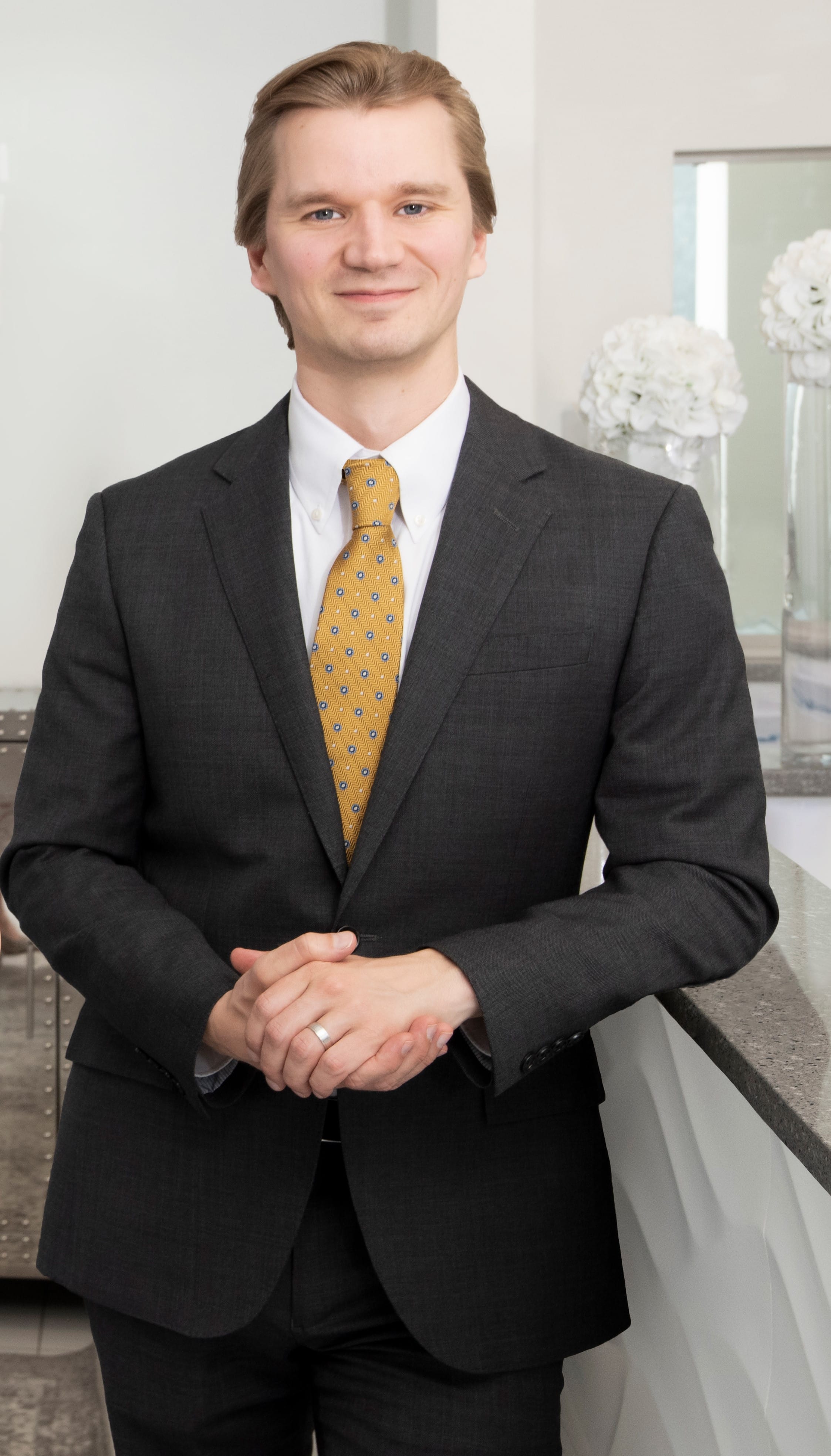
When it comes to cosmetic surgery and reducing the appearance of fine lines and wrinkles, one of the first substances that usually comes to mind is Botox®. Although many people are under the impression that this treatment is relatively new, this is not the case. The history of Botox® in the medical industry goes as far back as the 1950s.
Reducing Muscle Spasms
After World War II, researchers began to focus on the potential benefits that this substance could have in the medical field. In 1953, it was discovered that Botox® was able to play a significant role in helping to reduce muscle spasms. During the 1960s, an ophthalmologist, Dr. Alan B. Scott, experimented by injecting monkeys with botulinum toxin type A to see if it would benefit people who suffered from strabismus, or crossed eyes. His experiment was successful, and this resulted in the substance being used in various research labs throughout the world. However, at this stage, no FDA approval had been received yet.
Receiving FDA Approval
In 1978, Scott received approval from the FDA to start testing the botulinum toxin type A on people. The 1980s saw a number of studies being published regarding the fact that this substance seemed to be useful and effective in the treatment of strabismus. Additional research at the time noted that the substance was also beneficial in treating spasms in the neck, facial areas, shoulders and vocal chords. In 1989, the FDA granted approval for using the substance to treat strabismus and blepharospasm (eyelid muscle spasms). Allergan took over Scott’s company and research, and changed the name of the drug to Botox®.
More Exposure than Ever
The 1990s saw a tremendous increase in Botox® use. Since then, it has been used to temporarily alleviate symptoms such as bladder spasms, writer’s cramp, excessive perspiration and even cerebral palsy in some children. However, one of the most notable breakthroughs with this substance occurred in 1992, when a Canadian ophthalmologist, Dr. Jean Carruthers, noticed that patients who were being treated for blepharospasm seemed to be losing their frown lines at the same time. Dermatologists from around the country immediately took notice of this off-label use, and by 1997, Botox® supplies were in such demand that they ran out for a short while.
The Last few Years
In 2000, Botox® received FDA approval for treating neck and shoulder spasms, and 2002 saw this substance receiving approval for treating frown lines and other facial wrinkles. In 2006, sales of Botox® treatment soared well beyond the $1 billion mark, with cosmetic use accounting for approximately half of this figure. In 2010, this substance was also approved for use in the treatment and prevention of migraines in people over the age of 18 years.
Although this substance has received FDA approval, there is the possibility that it may cause unpleasant or even risky side effects in sensitive individuals. It is imperative that you discuss the use of Botox® injections with your plastic surgeon prior to having any form of this treatment, as this will help minimize the risk of side effects from occurring.
Above image source: Flickr/Creative Commons/Steven Depolo





